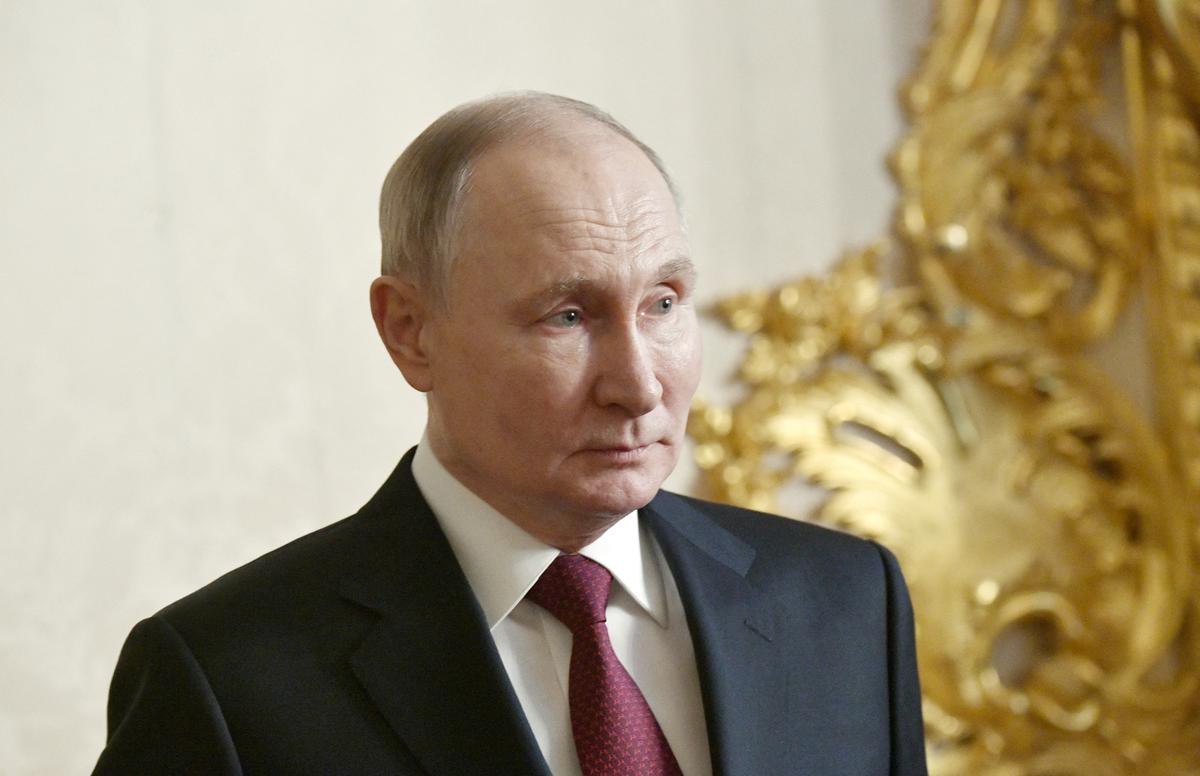
Russian President Vladimir Putin has ordered the conscription of 160,000 men aged 18-30 in the country’s most extensive military draft since 2011. The move is part of an ongoing expansion of Russia’s armed forces, despite ongoing conflict in Ukraine and increased military tensions with NATO.
The latest spring draft, running from April to July, surpasses the 2024 intake by 10,000 and aligns with Putin’s goal of increasing Russia’s overall military strength to nearly 2.39 million personnel. This includes raising the number of active servicemen to 1.5 million—an increase of 180,000 over three years.
Vice Admiral Vladimir Tsimlyansky stated that the new conscripts would not be deployed to Ukraine. However, reports suggest that some have been killed in combat, particularly in Russia’s border regions. In the early months of the full-scale war, conscripts were also sent to Ukraine despite official assurances to the contrary.
Moscow’s recruitment drive has intensified, not only through mandatory drafts but also by hiring contract soldiers and allegedly enlisting thousands of troops from North Korea. Since last year, the age limit for conscription has been raised from 27 to 30, significantly expanding the draft pool.
Call-up notices are being sent via mail and Russia’s state services website, Gosuslugi, ensuring broad and systematic enlistment.
Despite efforts by the U.S. to broker a ceasefire, fighting in Ukraine remains intense. On Tuesday, a Russian attack on a power station in the southern city of Kherson left 45,000 people without electricity. Meanwhile, Moscow claimed to have captured the village of Rozlyiv in the eastern Donetsk region.
Russia’s military buildup is widely seen as a response to its heavy battlefield losses. Independent reports from the BBC and Russian investigative outlet Mediazona have verified over 100,000 Russian soldiers killed in Ukraine, with estimates suggesting the true number could be twice as high.
Russia’s growing military force comes amid NATO’s continued expansion, which Moscow views as a direct security threat. Since Russia invaded Ukraine in 2022, Finland and Sweden have joined the alliance, with Finland now sharing a 1,343 km (834-mile) border with Russia.
In response to perceived Russian aggression, Finland announced on Tuesday that it would withdraw from the Ottawa Convention, which bans anti-personnel mines. The country joins Poland and the Baltic states in resuming the use of such weapons as a defensive measure. Finnish Prime Minister Petteri Orpo reassured citizens that the decision was based on military advice and that there was no immediate threat to Finland.
Additionally, Helsinki has pledged to increase defense spending to 3% of its GDP, up from 2.4% last year, reflecting a broader regional trend of military fortification.
Putin has expanded Russia’s military three times since the Ukraine invasion, linking the latest increase to “growing threats” from both NATO’s expansion and the prolonged conflict in Ukraine. Moscow’s defense ministry has emphasized that bolstering troop numbers is essential to national security.








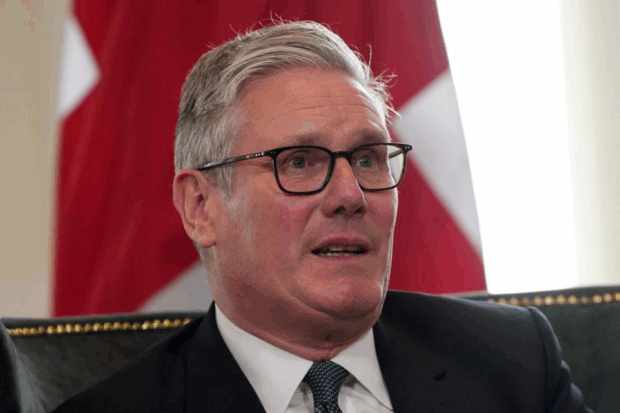
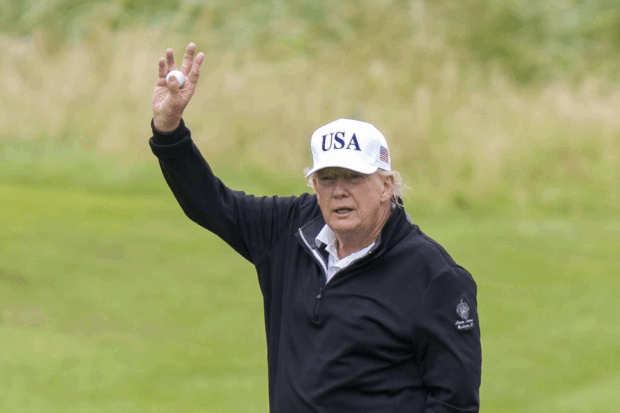
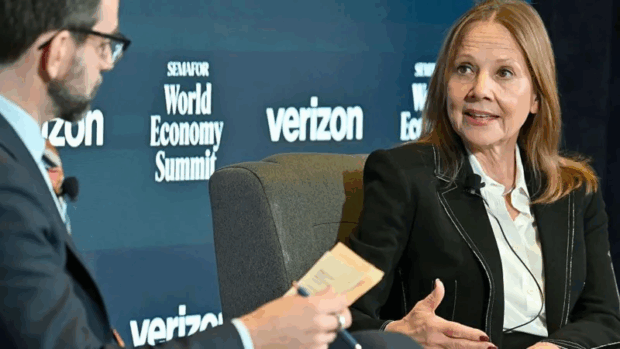
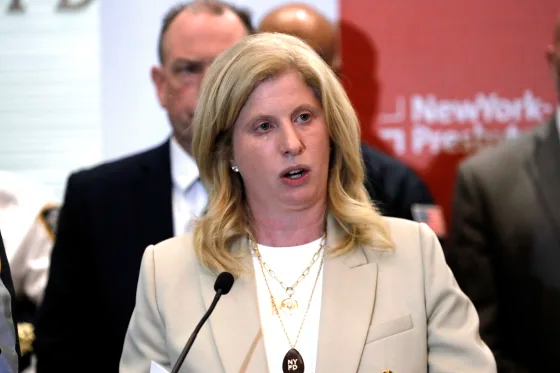


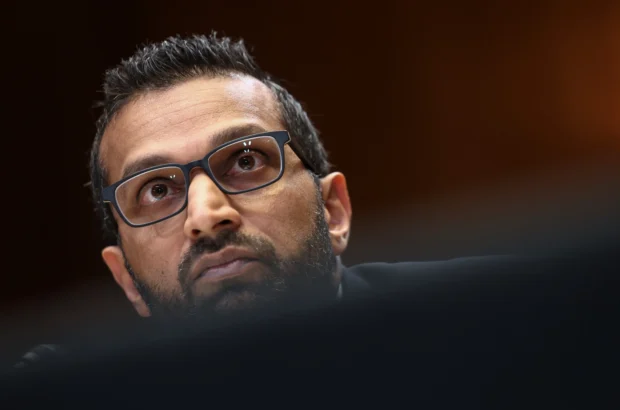
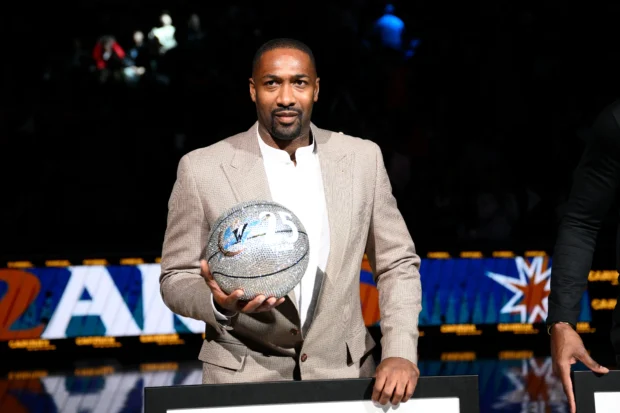
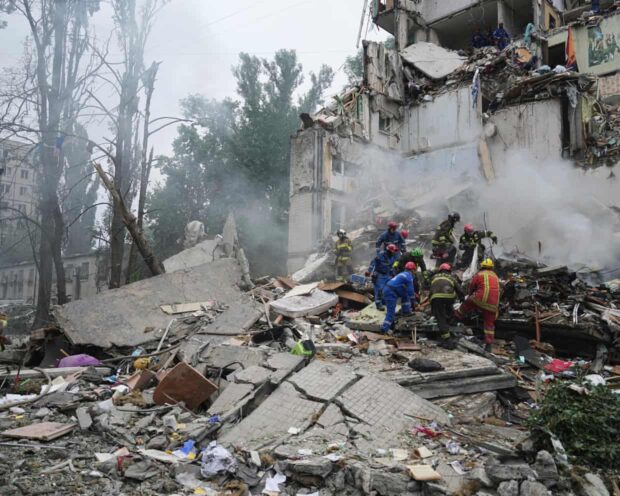
Be the first to leave a comment